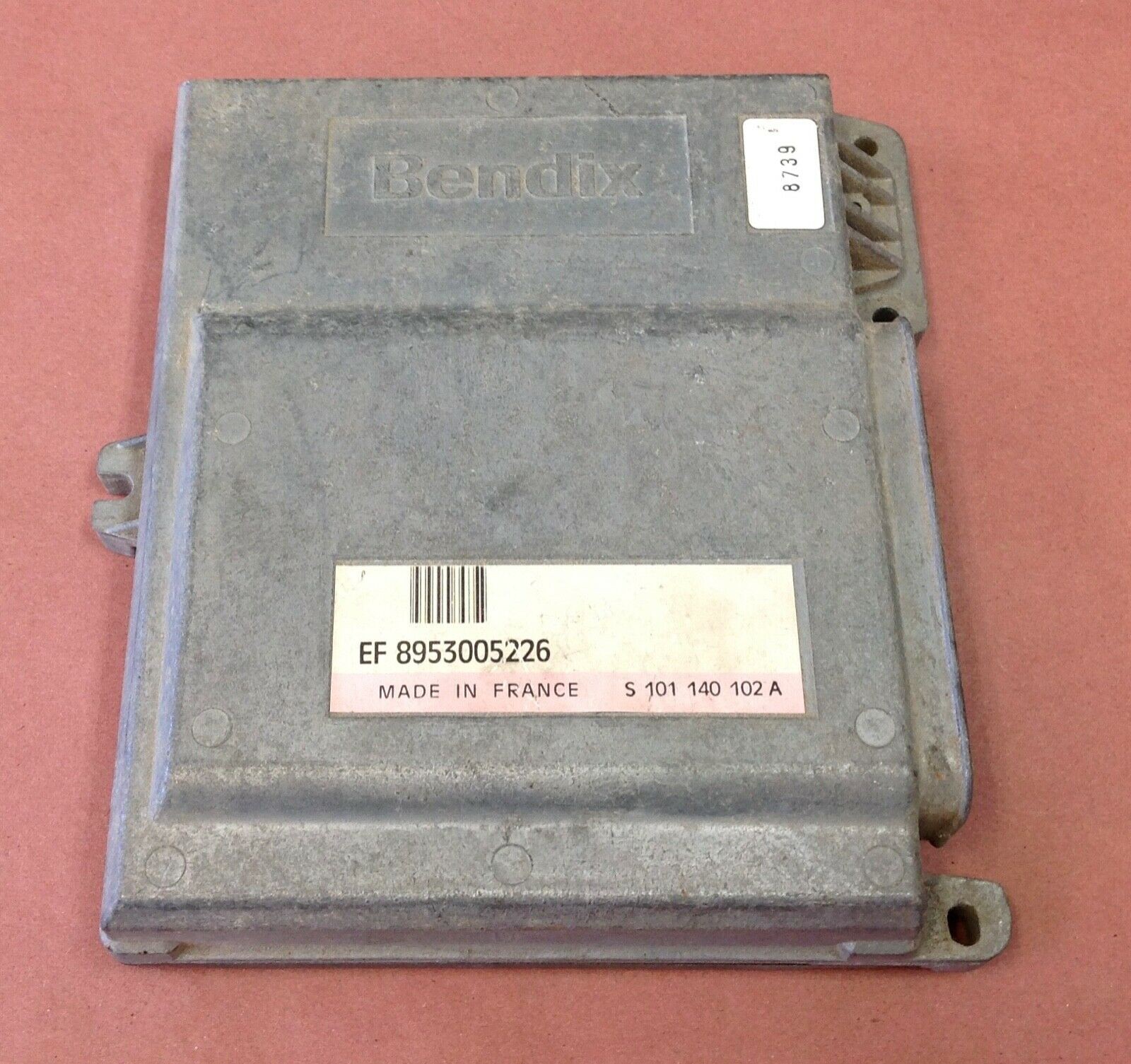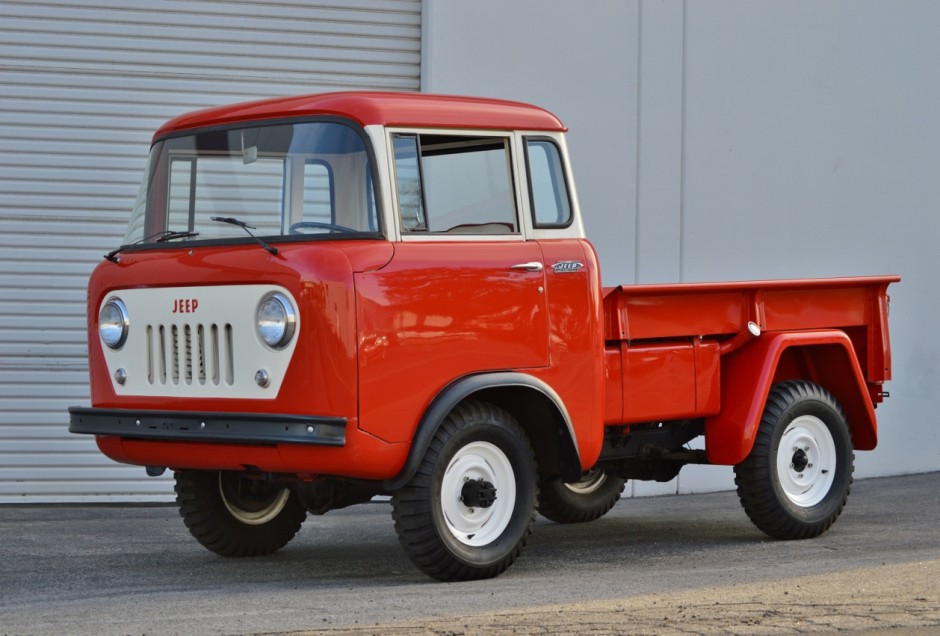-
Diagnostic Protocols and a Thank You
03/25/2021 at 17:54 • 0 commentsWhile the On Board Diagnostic (OBD) protocol was established by SAE in 1979, it wasn't until 1994, when California emissions regulations mandated it be included on all vehicles, that it became the industry standard now known as OBD-II.
Between 1979 and 1994, most companies used some portion of the OBD standard. Renix did not, charting their own path with a proprietary format.
While some commercially available diagnostic tools were made for mechanics, the protocol was never published. In 2012, a video by Phil Andrews of the RenixPower forum demonstrated his hard work in decoding the protocol.
Following that, Nick Grisley of NickInTimeDesign started developing the Renix Engine Monitor in 2016 and has been generous to share the source code as an open source project. There are several videos on his website that show the extensive sleuthing that was needed to arrive in his latest iteration. I've purchased one and I've been very impressed, it works great!
This project is an extension of both Phil and Nick's tremendous efforts and would not have been possible without them.
-
Renix
03/25/2021 at 14:44 • 0 commentsA declining economy coupled with the soaring energy prices of the 1970s, American Motor Corporation (AMC) struggled in 1980. Their vehicle lineup wasn't able to keep pace with General Motors, Chrysler and Ford. And Japanese imports were now being produced domestically in highly efficient assembly plants.
Not able to secure loans from traditional sources, Renault provided funding to keep AMC going and eventually acquired more than 50% of the company by 1982. The company turned focus to its Jeep brand with down-sized versions of other models; the Wagoneer and Cherokee -- launched in 1983 -- created an entirely new sports utility vehicle class of cars.
Initially, these vehicles had a 2.5L inline-4 AMC engine or a GM-made 2.8L V6, both naturally aspirated with a carburetor. In 1987, Jeep and Renault designed an inline, 6-cylinder engine. Drawing from another Renault joint venture with aerospace company Bendix, they outfitted both the 2.5L and 4L engine with an electronic fuel injection system. Renault-Bendix was shortened to Renix.
![]()
When Chysler acquired Jeep in 1991, they replaced the engine management system with their own ECU. However, during just those four years of production, Jeep sold a combined 1.1 million vehicles with the Renix system.
-
The Vehicle
03/25/2021 at 14:39 • 1 commentIn the fall of 2016, I took a NORA off-roading class with a friend in Ellenville, NY. After a year of trying to decide if, when and how I was going to take up this new hobby, I spotted a listing on ebay. So I purchased, sight unseen (except for a few pictures), a 1988 Jeep Comanche from the northern panhandle of Idaho. It already had long arms with a 7" lift kit and rolled on a set of 33s.
![]()
Little Bo' (Jeep), my 1988 Comanche It sports its original paint and original Dana 30/35 axles and has a nearly rust-free frame. New bumpers and fenders were installed before my purchase. She was in good running order but needed an upgraded brake booster, new pads and shoes, a new winch, water pump, serpentine belt and oil pan. The original wiring harness needed to be replaced as corrosion of the fuse panel caused the interior lights and windshield wipers to only work sporadically. And, thanks to the great craftsmanship of The4x4Place, flimsy tie-rods and worn out bushings were replaced with a much improved, custom steering system along with rock sliders to protect the rocker panels and undercarriage from slinging mud and crawling over rocks. The power plant is a stock inline-6 4L engine -- which only made 170 HP from the factory -- and has a mere 125K miles.
Jeep Pickups
The first pickup truck ever produced by Jeep was in 1957, the little known Forward Control (FC-150). Lack luster sales resulted in very few every being made.
![]()
In 1962, Jeep attempted a different approach when it offered the Gladiator (SJ / J10) as a derivative of the popular Wagoneer.
![]()
1970s-era wagoneer (left) and gladiator (right) And in 1985, Jeep tried a similar approach, taking the front unibody design of the Cherokee (XJ) to create the Comanche (MJ). Only two-hundred thousand MJs were ever produced during their limited run from 1985 to 1992.
![]()
early 90s Cherokee and Comanche In 2019, Jeep released its Wrangler-based pickup truck sporting the original Gladiator name.
![]()
Wrangler and Gladiator in 2020





